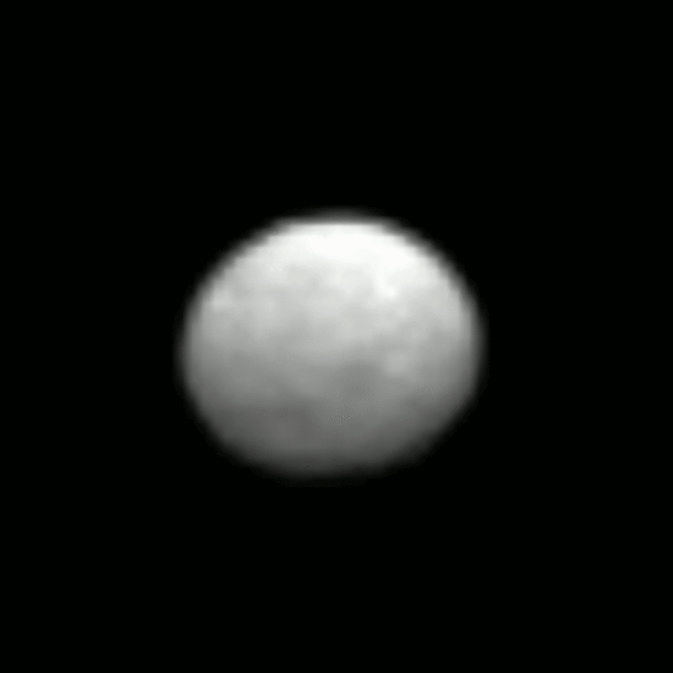The object below is not a planet. Or a moon. Or an asteroid.
It's sort of all three at once.
Officially known as a dwarf planet, Ceres is the largest body in the asteroid belt between Mars and Jupiter. The rock is large, with a diameter of about 590 miles, and is thought to be loaded with ice.
But despite its importance, we still know relatively little about it.
Well now NASA's Dawn spacecraft is approaching Ceres - the first to ever do so - and now we're getting a good look at what it's like.

These images were taken by Dawn on January 13, 2015, at about 80 percent of the resolution of the Hubble Telescope. Though jerky they have a certain charm - as if reminiscent of photos taken much earlier in man's exploration of space.
Dawn will now deliver better images until it arrives in orbit around the dwarf planet on March 6.
"The team is very excited to examine the surface of Ceres in never-before-seen detail," said Chris Russell, principal investigator for the Dawn mission, based at the University of California, Los Angeles. "We look forward to the surprises this mysterious world may bring."
Dawn also orbited Vesta, the second most massive object in the asteroid belt with a diameter of around 326 miles.
“Already, the [latest] images hint at first surface structures such as craters," said Andreas Nathues, lead investigator for the framing camera team at the Max Planck Institute for Solar System Research, Gottingen, Germany.